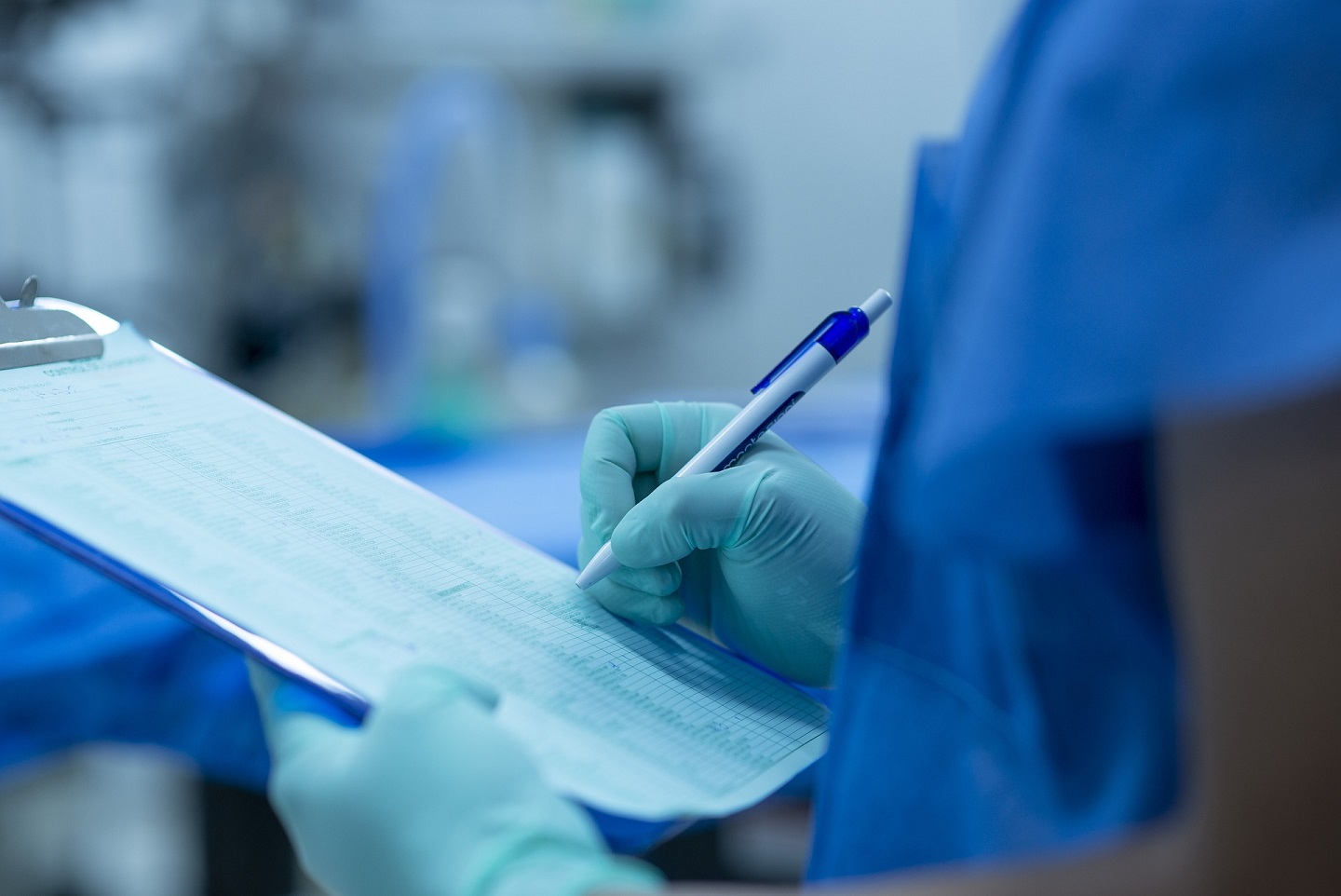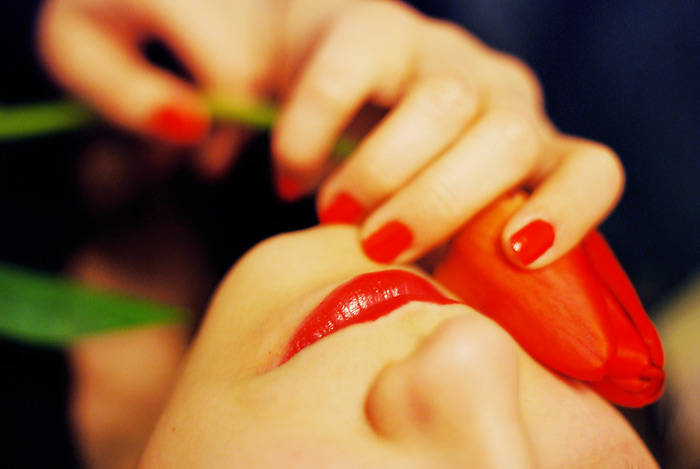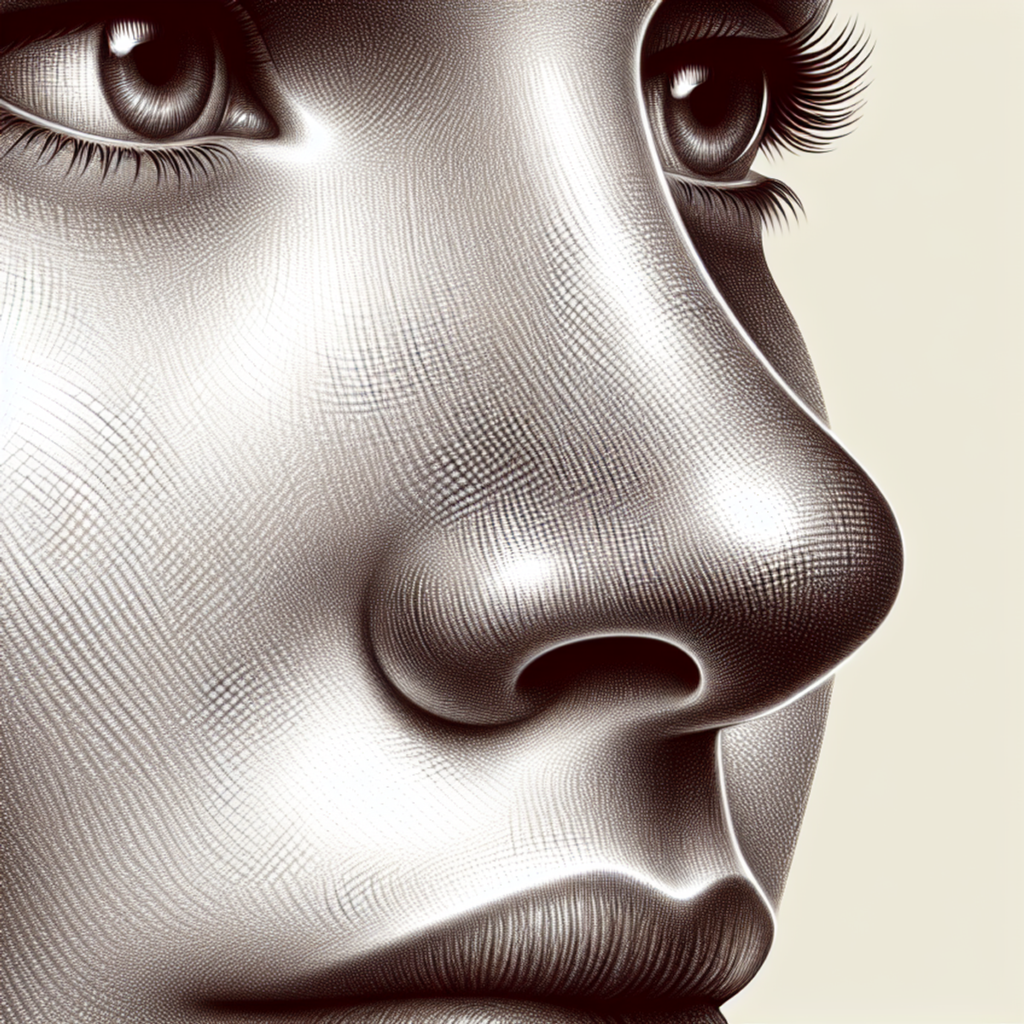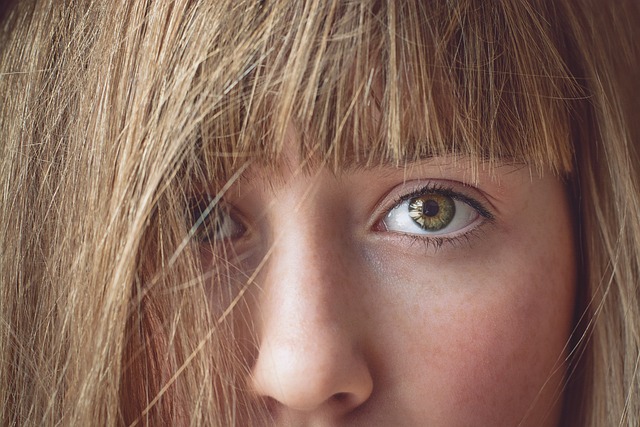Many girls dream of having a perfect profile, which any film star would envy. Representatives of the stronger sex also often resort to the help of plastic surgeons who specialize in nasal surgery, especially after past injuries. The desire to correct the defects of nature, eliminate the acquired defects and change the appearance for the better is absolutely normal.
The question is, how safe is it to interfere with the natural course of things? Is rhinoplasty dangerous, will the surgery lead to new aesthetic defects and unexpected health problems? In the article, we talk about the dangers of plastic surgery aimed at modeling the shape of the nose, and how to minimize the risks of possible complications.
Is rhinoplasty dangerous?
Perhaps, someone, such a comparison may seem strange, but plastic surgery can be compared with the vehicle. In theory, the car carries huge risks to human health and even life, not only the driver but also his passengers. However, with proper skill and skill of the driver, the threat is minimal. It is enough not to break the rules of the road, be careful and monitor the health of his iron horse.
In plastic surgery, there are different rules, but in General, the concept is similar. The surgeon must be highly qualified and fluent in all surgical techniques. When planning an operation, it is necessary to use an individual approach and choose the best ways to model the appearance. For example, if you need to operate in an open way to improve the shape of the nose, you need to use this type of access. Closed rhinoplasty in such a situation will be like driving a red light. Perhaps, “slip”, but the risks are very high.
In summary, any plastic surgery, including nasal surgery, carries certain risks to the health of the patient. To minimize threats, you need to trust your appearance and health only to experienced, qualified doctors who have a narrow specialization. In this case, surgeons who specialize in rhino surgery operations.
Potential risks
It is necessary to start talking about the potential risks with the threats that arise already at the stage of rhinoplasty. Nose surgery is performed under anesthesia. Inhalation endotracheal anesthesia is used, the patient’s breathing is fully controlled by the anesthesia and respiratory apparatus. Therefore, at this stage, there are so-called anesthetic risks.
In General, anesthetic risks are minimal, since such a method of providing anesthetic benefits is considered to be the safest. The patient’s breathing and other vital functions are fully controlled by the anesthesiologist-resuscitator. To minimize possible threats, a complete medical examination is carried out before rhinoplasty, which provides up-to-date information about the patient’s health.
And yet, the danger remains. This is due to the fact that the patient may violate the doctor’s recommendations. On the eve of rhinoplasty, a person can take strong sedatives or alcohol to relieve stress from anxious waiting. And the first and second adversely affects the Central nervous system and increases the degree of anesthetic risk. The recipe for minimizing risks, in this case, is obvious-follow all the recommendations of the doctor at the stage of preoperative preparation!
Aesthetic risks
Not all aesthetic operations of nasal surgery lead to the desired transformation of appearance, in a certain percentage of the case, the patient is dissatisfied with the changes achieved. And if some people have such discontent caused by objective mental problems (dysmorphophobia, OCD and other borderline disorders), others have every right to complain that the shape of the nose after the operation has not changed for the better.
Another possible problem is a step deformation; it is manifested by the formation of a sharp transition in the form of a “step” between the bone and cartilaginous part of the back.
After the operation of rhinoceroses can form a hump. The nose can become “crooked”, that is asymmetrical in the back or tip of the wings. Some patients develop aesthetic defects in the form of growths or thorns. Among the possible problems should also be called the omission of the tip or, conversely, it’s “upturned”.
How much is rhinoplasty leads to aesthetic complications?
With excessive osteotomy, which is carried out for the correction of the hump, the surgeon can remove more bone than necessary. As a result, in place of the hump, a relative volume deficit is formed, which can be manifested by the formation of saddle deformation. Moreover, due to the lack of volume, the vector of natural tension of tissues changes, the tip stretches upwards, there is a problem of the upturned tip of the nose. It is obvious that in this situation the fault of the plastic surgeon.
In some cases, nose surgery is performed with the implantation of cartilage. A cartilaginous graft is a living tissue that is native to the patient because it is taken from other parts of his body. However, in a small percentage of cases during the reparative regeneration of the cartilage dissolves, and this leads to a violation of symmetry and harmonious proportions. Obviously, the surgeon cannot be blamed for this, it’s all about the unfavorable course of regenerative processes.
Following example. After surgery, the patient ignores the doctor’s recommendations and begins to wear glasses. The pressure of the frame on the vulnerable tissues after surgical correction leads to their deformation. As a result, there is a depression on the back and develops a saddle-shaped defect. Blame the surgeon, this is impossible, the questions you need to ask only his patient.
Medical complications
In addition to aesthetic problems after nasal surgery, complications of a medical nature may develop. The most common complication is nasal breathing. It can occur both after aesthetic correction (modeling of the nose shape) and after functional nasal operations (straightening of the septum).
The first option is a violation of the technique of rhinoplasty, namely an unjustified increase in the volume of correction, which led to the failure of the nasal septum or other structures that form the nasal skeleton. In this case, the plastic surgeon is to blame.
The second option is to disregard the rules of the rehabilitation period. Each patient receives detailed instructions from the surgeon who operated on him. The doctor necessarily focuses on the fact that nose surgery leads to a temporary vulnerability of the structures of the nasal skeleton, and therefore it is impossible to sneeze or blow your nose a jet of air can damage the vulnerable septum. If you really want to sneeze, you can, but only with your mouth open.
The patient can regularly follow the doctor’s recommendations for 80 percent of the time, but the remaining 20 percent is enough for the development of complications in the form of a perforation or pathological mobility of the septum. The consequence of these complications will be a violation of breathing. The situation can be corrected only with the help of secondary rhinoplasty.
Nose surgery requires strict compliance with the requirements of the doctor throughout the rehabilitation period! The result depends on this both in the short and long term.
Complications of the postoperative period
The last group of complications refers to the early recovery period. At this time, the primary postoperative edema is strongly pronounced, the tissues in the area of the operating wound are inflamed and very vulnerable.
In the early period after rhinoplasty, there is a risk of infection, because rhinoplasty is not performed in sterile conditions. (The default nasal mucosa cannot be sterile.) To minimize the risk of infectious complications, the surgeon prescribes a preventive course of antibiotics.
After nose surgery, bleeding and internal hematomas may occur. If there are signs of bleeding, you should contact your doctor. The complication is treated without surgery with hemostatic agents. Severe complications in the form of tissue necrosis, fortunately, develop very rarely.



